Here’s the skinny on downsizing: you know you want less stuff, lower bills, and a chic little nest for your golden years. You’ve imagined handing off that giant lawn mower, finally feeling free of all the dusty tchotchkes, and maybe even a swankier mailbox. But before you Marie Kondo your life and call the first moving van, know this: skimping on the fine print can cost you tens of thousands—and a whole lot of headaches. We asked the experts (and snooped through their articles) so you can dodge these wallet-draining traps. Ready to ninja your downsizing like a pro? Let’s get into it.
1. Underestimating the Real Moving Costs
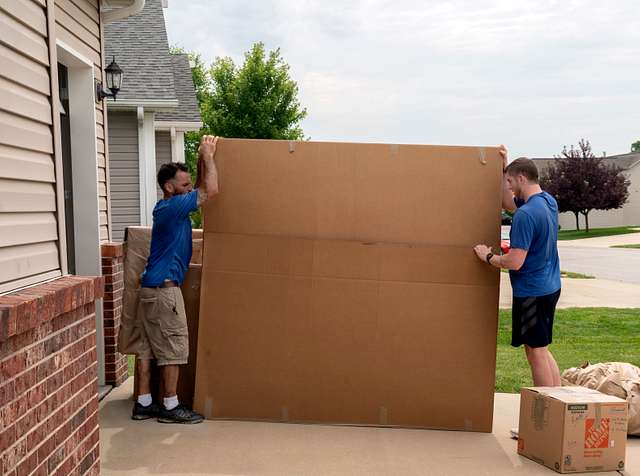
Many retirees assume a smaller place means smaller expenses, but forget that packing up three decades of memories doesn’t come cheap. Professional movers, packing supplies, and specialized insurance can easily tick up into the four figures before your sofa even lands in the new living room. Don’t forget about staging costs if you’re selling—you might need fresh paint, lawn maintenance, or even a new mailbox to woo buyers. Throw in realtor fees and closing costs, and you’re looking at far more than the 6% commission you penciled in. Plus, vendors often sneak in extra charges for unloading on narrow driveways or stairs—surprise fees anyone? Terry Turner, a financial wellness facilitator, cautions that hidden costs like homeowner’s insurance adjustments, HOA dues, and utility deposits often get left off the spreadsheet. A savvy downsizer will research local movers, ask for detailed quotes, and pad their budget by at least 15% before signing on the dotted line.
Now let’s talk closing costs—because selling and buying aren’t magic. You’ve got to balance commissions, title insurance, escrow fees, and those pesky transfer taxes. Investopedia breaks down that closing costs alone can range from 2% to 5% of your home’s sale price, and that’s before you even write an offer on the next place. If you’re trading your suburban ranch for a city condo, expect HOA move‑in fees, pet deposits, and maybe a parking surcharge. Combine those with overlap mortgage payments if your timing is off, and you’re living paycheck‑to‑cheque again—just in time for bingo night. Tip: consider staging your home only room by room, negotiate credits instead of fixes, and get a lender you trust to lock in the best rates early. Otherwise, that dream of financial freedom could look more like a late‑night infomercial for “Financial Fiascos 101.”
2. Ignoring Tax and Legal Implications

Moving across state lines for warmer winters? Awesome. Forgetting state income taxes, homestead exemptions, or capital‑gains thresholds? Not so awesome. When you sell your home, you may qualify for up to $250,000 (or $500,000 if married) in capital gains exclusions—but breach those limits, and Uncle Sam wants his cut, which can be up to 20% of the profit. That calculation ignores potential state taxes or new property‑tax liabilities in your retirement haven. Worse, if you buy before selling, you could lose the full exemption on the old place. Business Insider warns that in hot markets, smaller homes can actually cost as much as bigger ones, so what you gain in square footage, you might lose in surprising tax brackets.
On the legal side, don’t forget to update your estate plan, change deeds if necessary, and check for community‑association rules that might affect accessory dwellings or rental options. Some retirees assume that moving into a 55+ community is tax‑neutral—wrong. HOA fees, special assessments, and even higher insurance premiums can sneak up if you don’t read the CC&Rs like they’re the latest thriller. Pro tip: consult a tax pro who specializes in retiree relocations, and map out a 5‑year cash‑flow forecast. That way, when April rolls around, you won’t be Googling “how to pay back taxes from retirement,” which is about as fun as stubbed toes on Legos.
3. Neglecting the Emotional Rollercoaster

Let’s be real—downsizing isn’t just about spreadsheets and spreadsheets of numbers. You’re packing up decades of family heirlooms, childhood mementos, and maybe a questionable “I made this in 1975” craft. Partners In Aging reminds us that emotional well‑being is often the biggest oversight in the downsizing journey. We’re talking nostalgia trips where you hold onto photo albums like precious relics, or panic attacks at the thought of letting grandkids visit in a one‑bedroom flat. Spoiler: regrets can cost way more than dollars.
To avoid the drama, schedule “memory” days where you celebrate each item’s story before passing it on. Create a keepsake registry so you don’t accidentally donate your grandmother’s crystal vase. And, maybe most importantly, plan a “soft launch” move—stay in an Airbnb nearby for a week to test the vibes. That emotional safety net can mean the difference between blissful transition and decade‑long buyer’s remorse.
4. Mispricing Your Home (Too High or Low)
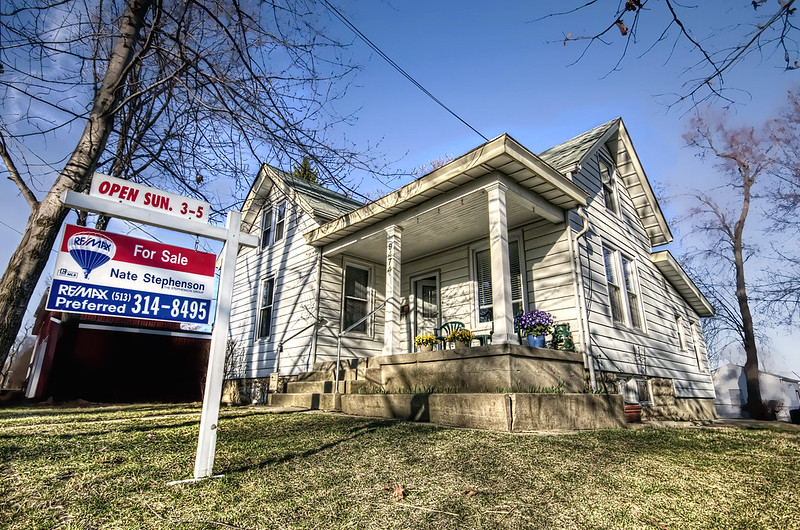
Price your home like it’s a 20‑year‑old sports car (all hype, no substance), and watch it sit on the market. Price it too low, and you’re literally gifting thousands to the new owners. AOL Finance highlights that overpricing can lead to longer days on market, which in turn forces price cuts that make your home look like yesterday’s clearance sale. Meanwhile, underpricing—say you guess your house is worth $300K but it’s closer to $350K—means you just watched $50,000 evaporate.
Don’t rely on the flashy online estimate that says, “Your house is worth a million!” Instead, ask agents for comparables within a three‑month window. Then, factor in market trends—interest rates, inventory levels, and seasonality can swing values by 5% overnight. Remember: a well‑priced home not only sells faster but nets you extra cash for that dream retirement road trip.
5. Overlooking New-Age Amenities & Healthcare Logistics

Finally, imagine moving into what seems like the perfect adult‑only community—until you realize that yard work is included, but home health services cost extra, and the shuttle service runs only on weekdays. AARP’s guide to smart retirement purchases warns that failing to assess ongoing service fees or amenity costs can lead to sticker shock faster than an unopened golf cart bill. You might think you’re saving on maintenance but end up paying more for telehealth subscriptions, community‑center dues, or even meal plans.
The right neighborhood with good healthcare access can increase property values but also inflate HOA fees and local taxes. Before you sign any agreements, tour the nearest clinic, check if your doctors will travel, and verify transportation options for medical appointments. Factor in Medicare supplement costs if you cross state lines—those premiums can vary by 30% or more. That way, you’ll avoid retrofitting your dream retirement spot into a costly headache.
6. Skipping a Home Appraisal

You might be itching to list your house faster than your nephew posts TikToks, but skipping a professional appraisal is like blindfolded grocery shopping. Sure, you think you know what your place is worth—after all, you eyed your neighbor’s sale price—but market quirks can trip even the savviest homeowners. Overprice it and you’re staging more for an audience of crickets; underprice it and you’re essentially tipping your buyer thousands of dollars. That’s real cash you’ll never see again, even if you convince yourself it’s a “good deal” karma. A certified appraiser digs into comps, local trends, and even soil quality (yes, really), giving you street cred when negotiating with agents or buyers. Think of it as your home’s LinkedIn profile—fully vetted and ready to impress instead of “self‑reported” and questionable.
Once you have that appraisal in hand, you can set a listing price that attracts serious suitors without leaving money on the table. It also arms you against agents who might lowball you to lock in a quick sale. With a solid number, you’ll negotiate confidently and avoid mid‑sale price wars. It’s less drama and more “ka‑ching” for your retirement fund. Plus, lenders feel warm and fuzzy when an appraisal backs up your sale price, smoothing out financing hiccups. Moral of the story: don’t skip the homework—your wallet will thank you.
7. Underfunding Unexpected Renovations
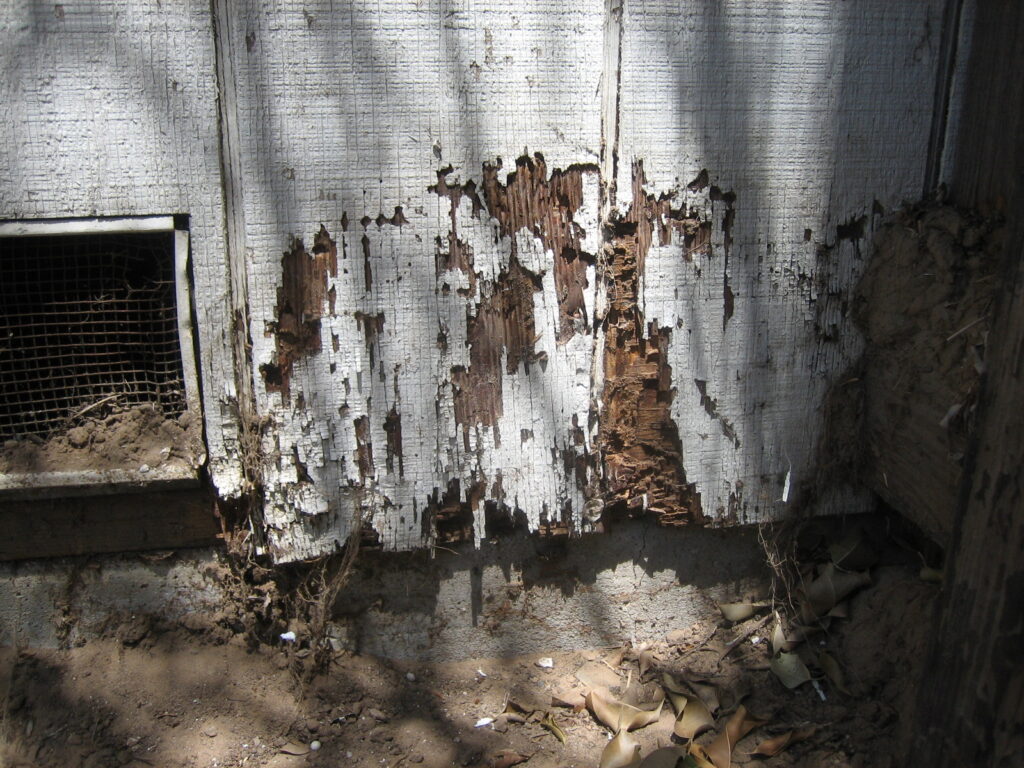
So you’ve picked your “perfectly manageable” fixer‑upper, but what you didn’t budget for is the DIY 2 AM panic when drywall dust is everywhere. Cosmetic touch‑ups often hide structural surprises—think leaky pipes, termite damage, and electrical that hasn’t been updated since bell bottoms were a thing. These suddenly‑necessary fixes can gobble up five figures faster than you can say “golden years.” Even if you’re handy, contractor quotes, permit fees, and surprise inspections add layers of cost and delay. Failing to pad your renovation budget by at least 20% is basically social‑media‑level overshare—you’ll be broadcasting your budget blowout to everyone. Better to secure a quote for worst‑case scenarios before you sign on the dotted line. That way you won’t end up eating microwave dinners while staring at an unpaid barn‑door‑to‑ding‑dong bill.
Before you commit, get a home inspection that covers roof, foundation, and mechanical systems. Ask for a line item estimate on every serious issue they find. Treat that report like a grocery list—cross off the “nice‑to‑haves” and focus on the “must‑fix‑nows.” Then, compare contractor bids to a national database so you know you’re not getting fleeced. Always carry a renovation rainy‑day fund to dodge financial drizzle. Because the only thing more exhausting than moving is moving back after a budget disaster.
8. Overlooking Storage Fees
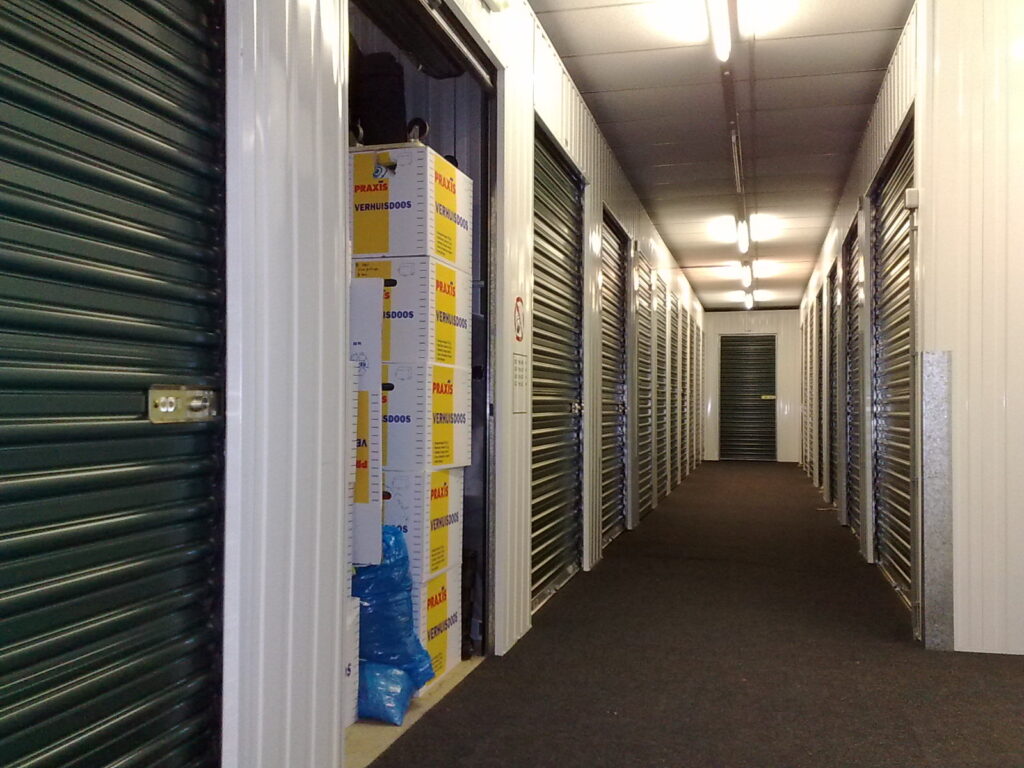
You convinced yourself you’d purge enough stuff before moving, but somehow your paddleboard, holiday china, and that vintage jukebox still need a home. Enter self‑storage—sexy name, not‑so‑sexy monthly invoice. Those mini‑warehouses run $60 to $200 per month on average, and they love charging admin fees, lock deposits, and occasional rate hikes. If you only budget for mortgage and HOA, this surprise line item can eat into your retirement withdrawal strategy. Worse, forgetting to inspect the facility’s security is like leaving your stuff in a flimsy piggy bank. So you might pay premiums for a climate‑controlled unit and never use the humidity control, but at least your vinyl records won’t warp. Factor in at least 10% of your downsizing budget for storage if purge‑levels plateau.
To dodge regret, start decluttering early, and enlist friends for moral support (and muscle). Use a “three‑pile” method—keep, donate, toss—and stick to it like your favorite Netflix series. If that jukebox still sparks joy after three months, maybe it really needs to move with you. Otherwise, sell it or gift it before you’re paying rent on it. Check storage unit reviews for any hidden fees and compare local providers online. Your future self will appreciate the stress‑free, stuff‑free sanctuary.
9. Failing to Vet Local Markets

Beach bungalow or mountain cabin? Before you write your “wish you were here” postcard, remember that hot vacation markets can be double‑edged swords. High demand = high prices, high taxes, and sometimes astronomical insurance premiums if you’re in hurricane or wildfire zones. You might love sandy toes, but if the local market skews investor‑heavy, you’ll struggle to tap cash‑out refinance rates or sell when you want to cash in. Some ad hoc flips can see 10% annual price hikes, but those gains vanish if the next market shift is a plunge. Don’t rely on the charming coffee shop Instagram grid; crunch local sales data, tax rates, and vacancy rates before you commit. Consult forums or local real estate meetups to uncover hidden fees like short‑term rental restrictions or tourist levies. Because nothing ruins “paradise” faster than surprise local regulations.
Spend a weekend undercover: chat with neighbors, check for “For Sale” empties, and scope out insurance agencies. Ask about recent storms or zoning changes that could impact property values. If the only buyers you spot are tourists with suitcases, that’s a red flag. Better to find a stable suburban enclave than an Instagram‑famous hotspot. This recon mission will save you from market whiplash and ensure your nest egg grows, not evaporates.
10. Disregarding Safety and Accessibility

You might dream of yoga at sunset by the lake, but what happens when stairs turn into a seismic event for your knees? Ignoring safety upgrades—like grab bars, non‑slip floors, and zero‑step entries—can cost you more in retrofits than if you’d planned ahead. Plus, older homes often hide lead paint, asbestos, or outdated wiring that scream “sue me” if you skip tests. Retrofitting for accessibility early can boost your resale and save on emergency remodels once mobility slows. Lenders and insurers love when you’ve ticked all safety boxes, which could score you better rates. Don’t assume a one‑size‑fits‑all package, though: get a certified aging‑in‑place specialist to tailor solutions to your needs. Otherwise, you’ll be paying premium plumber rates at 11 PM trying to install safety rails on your own.
Compile a checklist of mobility concerns with your doctor or occupational therapist. Prioritize upgrades that address falls, slips, and emergency egress. Compare quotes for professional vs. DIY to weigh time and stress savings. Consider universal design elements that appeal to all ages—this also broadens your future buyer pool. Add at least 5% to your budget for these life‑saving tweaks. Your future self (and your grandkids) will thank you.
11. Rushing Without a Trial Run

Who hasn’t booked that dreamy Airbnb “just to test it out”? But skipping this test‑drive and moving in blind is like jumping into a pool without checking if there’s water. Local noise ordinances, traffic jams, or surprise HOA rules might not be obvious on Google Maps. You could find out too late that the express train runs past your bedroom window at 5 AM. A one‑week rental lets you scope sunrise light, neighbor vibes, and grocery proximity before you downsize for keeps. It also reveals hidden costs—like high utility bills in extreme temps or unwalkable streets in supposedly “walkable” towns. Test‑drives let you fine‑tune your moving checklist and avoid long‑term regret.
Plus, you’ll uncover if your commute still fits your lifestyle—whether that’s golf cart trips or grocery runs. Sleep in every bedroom, hit the local coffee shop, and see if the Wi‑Fi actually works. Talk to the landlord or property manager about maintenance response times. Keep a journal of annoyances and delights to inform your final decision. This mini‑vacay audit is the secret sauce to stress‑free downsizing.
12. Neglecting Future Space Needs
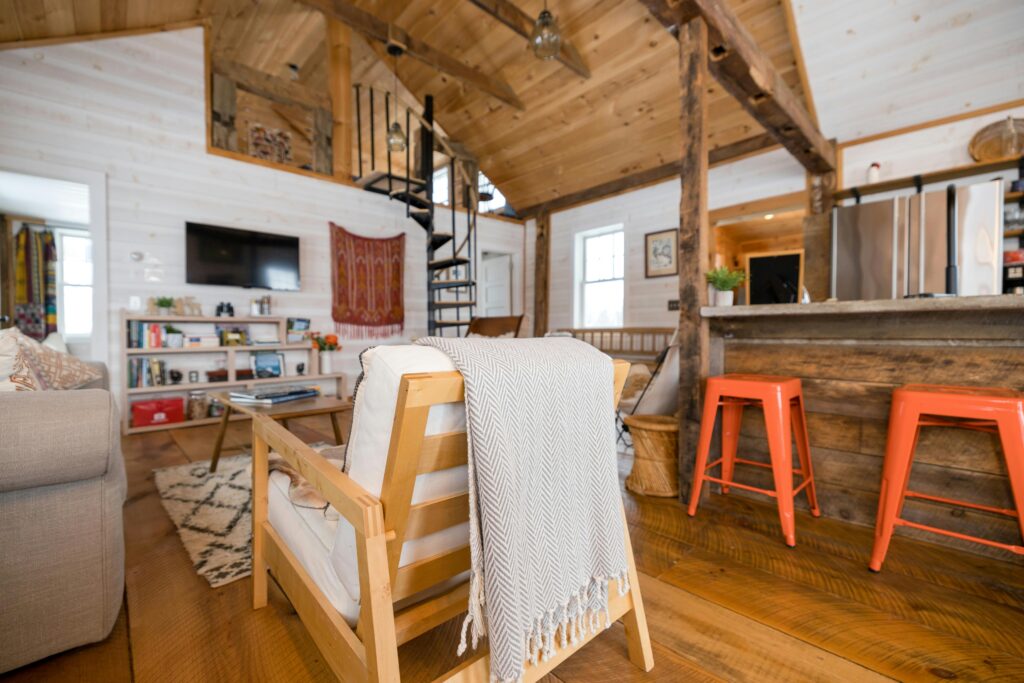
You love the idea of a cozy 800‑square‑foot bungalow now, but what about when grandkids visit or you suddenly need a home office? Underestimating space requirements can turn your dream cottage into a clown car of clutter. The extra room you give away for “minimalist vibes” might transform into that mandatory storage closet. When season‑specific gear, medical equipment, or your collection of vinyl records needs a spot, you’ll be eyeing every nook like a conspiracy theorist. Better to plan for flexible zones—murphy beds, multipurpose nooks, and modular shelving—than wish you had five more feet. Talk to friends who’ve hosted family reunions in tiny spaces; their horror stories are worth their weight in gold. Factor in at least one “growth” room for unexpected needs or hobbies.
Map out your future five‑year plan: remote work, caregiving, or that ceramic class you’ve been eyeing. Sketch how furniture and gear might shift as life evolves. When in doubt, lean into convertible solutions—fold‑out desks, sliding walls, or rentable storage that’s cheap but nearby. This foresight means you won’t be paying emergency movers or overshooting your budget on last‑minute expansions. And your Pinterest inspo board will finally get practical.
13. Misjudging Community Culture

Instagram might sell you the ultimate retirement hotspot, but nothing replaces on‑the‑ground vibes. Failing to research community culture can land you in a place that’s too party‑central, too quiet, or just plain… weird. Maybe you crave yoga brunches, but the local scene is all potluck bingo nights. Or you’d love hiking buddies, but instead find retirees glued to the morning news show. A community that clashes with your daily rhythm can drain your social battery faster than poor cell service. Spend a few afternoons people‑watching at local diners or rec centers to get the real scoop. Strike up casual convos with librarians or mail carriers—they know the dirt. This street‑level intel beats glossy brochures every time.
Visit on multiple days—weekend festivals vs. Wednesday markets—to see if you fit. Check online community boards for events that matter to you. Look at crime stats, local Facebook groups, and Nextdoor threads to gauge overall vibe. If you sense any red flags—like cliqueish behavior or rapid turnover—keep looking. Your dream spot should feel like home, not an episode of a reality show.
14. Overestimating Your DIY Skills
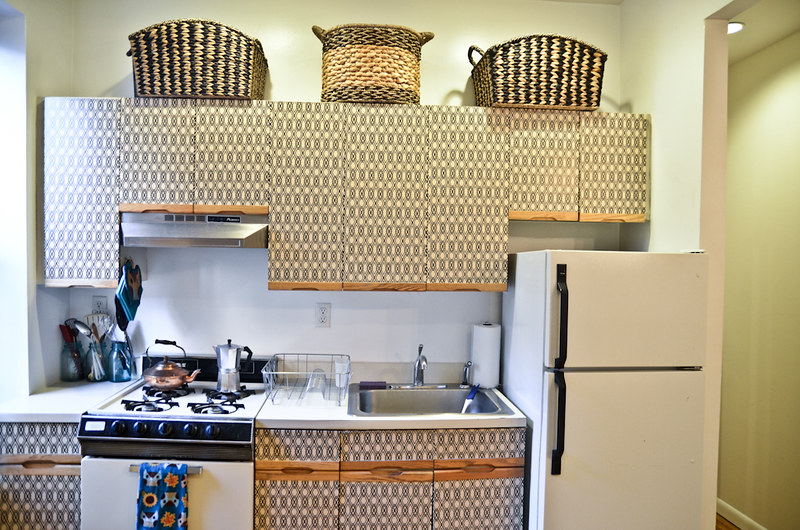
So you watched a few home renovation TikToks and now think you’re the next Bob Vila extraordinaire. Before you grab the power drill and start tearing down walls at dawn, remember that DIY disasters can blow up budgets faster than skyrocketing avocado toast prices. From misaligned cabinets to water leaks behind newly painted walls, rookie mistakes often lead to professionals storming your living room. And those professional rescue calls usually come with hefty hourly rates and an eye roll from the subcontractor. Skipping the inspection or not getting proper permits can turn your cute weekend project into a months‑long saga of red tape. Suddenly, that “simple accent wall” becomes a tax of fines and emergency repairs that could have paid for your dream patio set.
Instead of vowing “how hard can it be?”, research step‑by‑step guides, local building codes, and realistic timelines. Consider hiring a handyman for trickier tasks while you handle the paint and plexiglass shelves. A blended approach can keep both your confidence and your cash intact. Always add a 20% buffer to any DIY budget, because surprise costs will appear like uninvited party guests. And if you’re still dreaming of viral renovation glory, book a consultation first to map out your plan. That way, you’ll downsize with style instead of live‑streaming your financial face‑palm.
15. Overlooking Insurance Adjustments

You nailed your homeowners’ policy in suburbia, but those rates can swing wildly when you cross ZIP codes. Coastal properties might attract flood riders, while wildfire zones demand fire‑suppression endorsements. Even inland, insurers check crime stats, school ratings, and historic claim data before quoting you. Forgetting to shop around means you might pay twice what your peers do for identical coverage. Bundling your auto and home policies can net you discounts, but only if the provider deals in both areas. And don’t assume your retiree discounts follow you coast to coast—many companies rate you off your old address. Always get fresh quotes from at least three insurers and ask about retiree or AARP discounts. Otherwise, you’ll waste your golden years scrimping on premiums or scramble to find coverage after a claim.
Double‑check flood zones with FEMA maps and see if you need separate flood insurance. Ask about umbrella policies for extra liability protection. Review whether your new locale has earthquake endorsements or specific exclusions. Lock in multi¬year rate guarantees if available to dodge sudden hikes. A quick insurance audit will keep your peace of mind—and your wallet—secure.
16. Letting Sentiment Sabotage the Move

We get it—your grandmother’s armoire has personality. But when downsizing, clinging to every emotionally-loaded item turns your “fresh start” into a game of high-stakes Jenga. Sentimentality makes it really easy to convince yourself that a five-piece oak bedroom set belongs in your new 900-square-foot condo. Spoiler: it doesn’t. And storing it? That’s just paying rent on your guilt. The truth is, memories aren’t housed in furniture—they live in stories, photos, and maybe the occasional ugly-but-lovable mug from your first apartment. Letting go doesn’t mean erasing history; it means making space for your present and future.
Start small—snap pictures of pieces that matter and write a short note about why. Pass treasures along to family or donate them where they’ll be loved anew. If everything is labeled “must keep,” nothing stands out, and your new place will feel like a crowded museum exhibit. Curate, don’t hoard. Give yourself permission to detach without dishonoring your past. Downsizing isn’t just about square footage—it’s about emotional freedom. And trust us, nothing feels lighter than a clutter-free, guilt-free home.
This article is for informational purposes only and should not be construed as financial advice. Consult a financial professional before making investment or other financial decisions. The author and publisher make no warranties of any kind.








